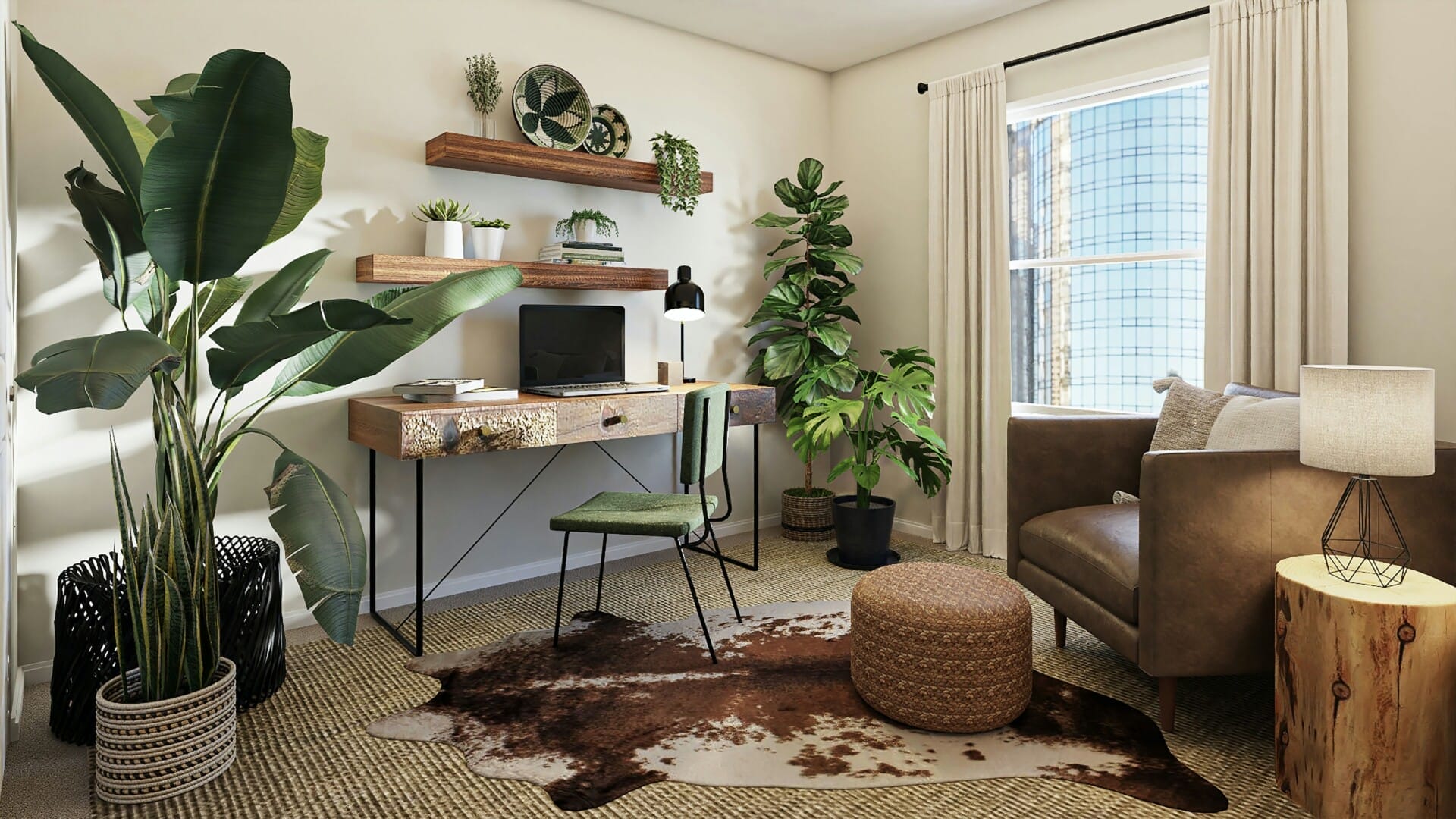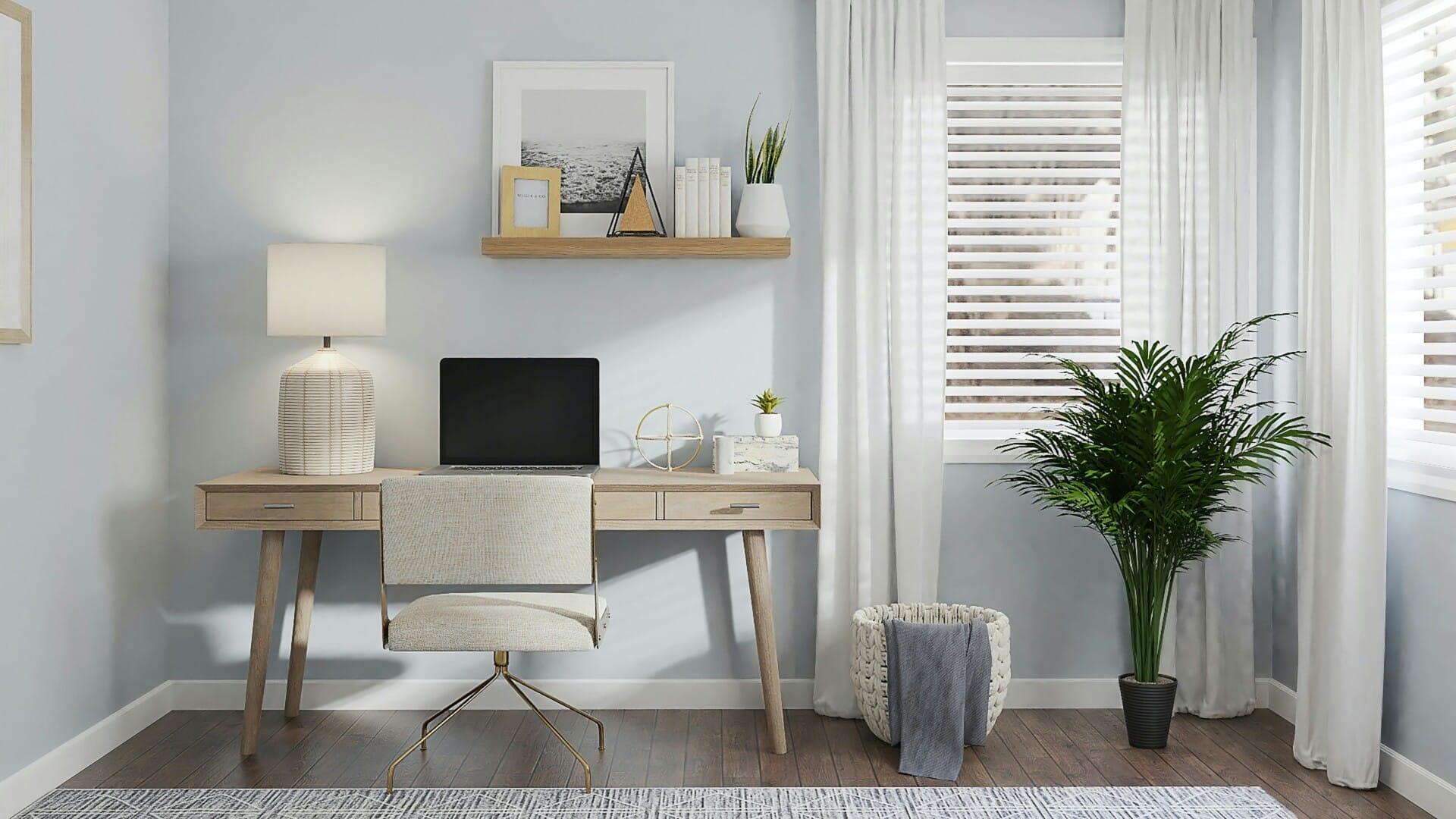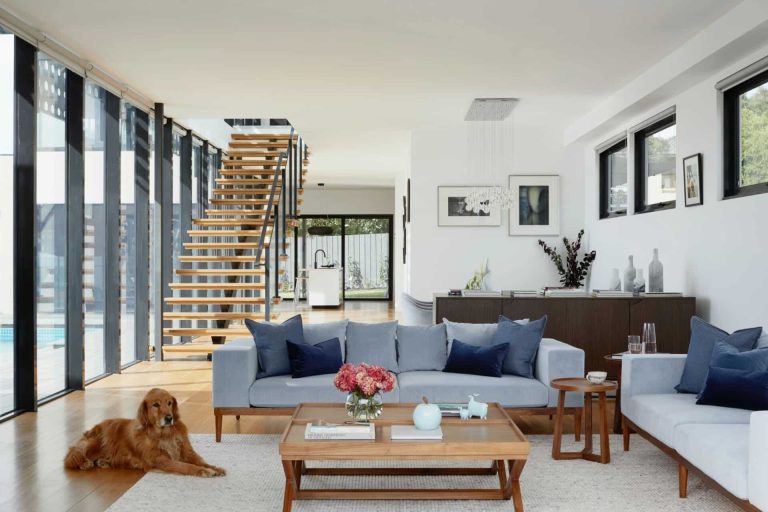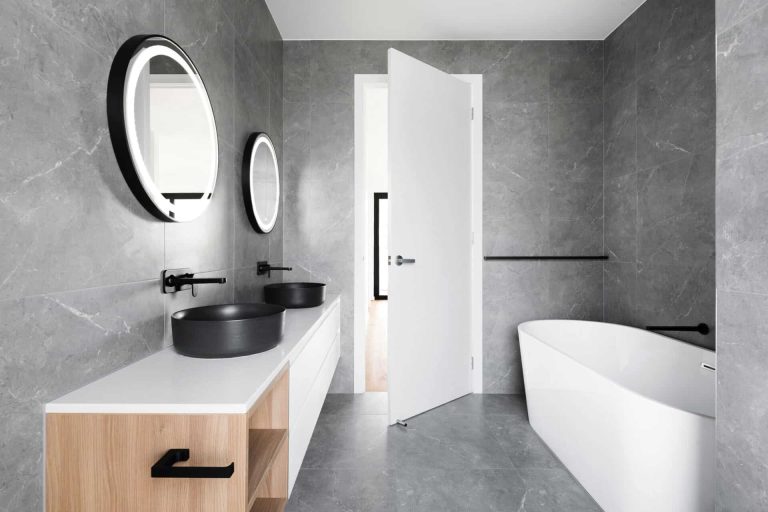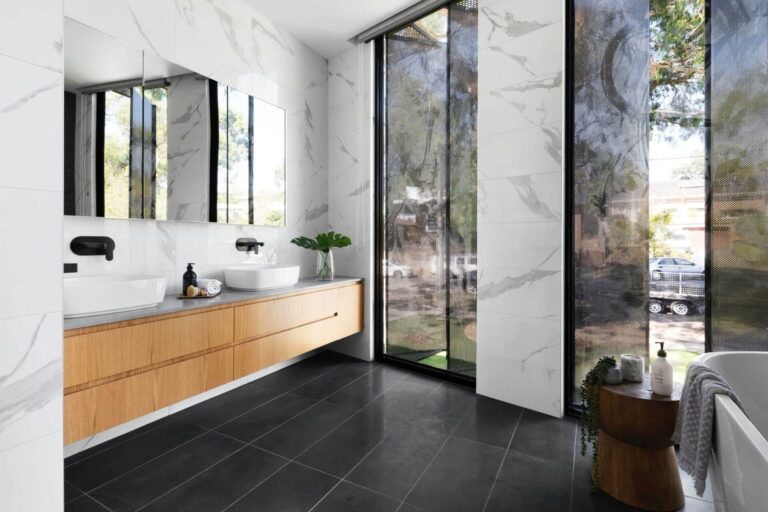Building a home is one of the most exciting journeys anyone can embark on, right? It’s not just about bricks and mortar; it’s about creating a space that truly reflects who you are and how you live. However, for many Malaysians, this process can quickly turn from dream to disaster if they’re not careful. Believe it or not, there are common missteps that can easily derail your home-building project. From budget blunders to overlooking the importance of location, these mistakes can lead to stress, extra costs, and plenty of headaches. But don’t worry! In this article, we’re going to shine a light on the top five pitfalls to avoid when building your dream home in Malaysia. Armed with this knowledge, you’ll be well on your way to creating a space that you’ll love for years to come. So, let’s dive in!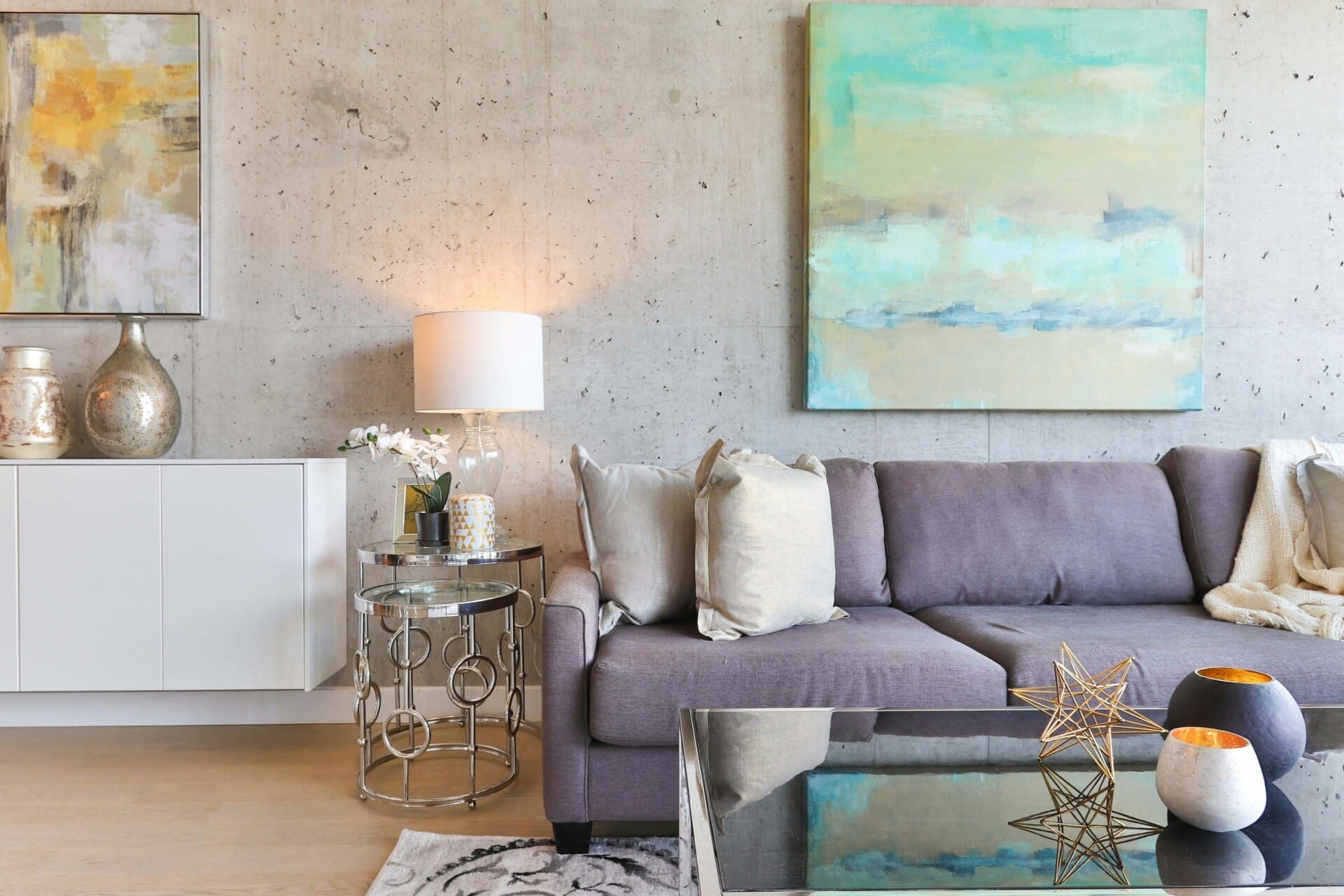
Understanding Common Pitfalls in Home Construction
Home construction can often feel like navigating a maze, especially if you’re new to the game. One common pitfall is insufficient planning. Many Malaysians jump into building without a well-thought-out blueprint or a clear vision. This rush can lead to significant oversights, such as overlooking essential details like the orientation of the house or site conditions. A comprehensive plan acts like a roadmap, guiding you through every phase of construction and ensuring nothing vital gets missed.
Another frequent mistake is overlooking budget constraints. It’s easy to get excited about your dream home and start adding features or high-end materials. But without a solid budget in place, costs can spiral out of control. Always remember to set aside a portion of your budget for unexpected expenses, which are bound to arise. Stick to your financial plan to avoid the heartache of incomplete projects or compromises on quality later down the line.
Lastly, don’t forget about the importance of communication. This cannot be stressed enough! Whether it’s with your contractor, designer, or even neighbors, clear and regular communication helps avoid misunderstandings and keeps the project on track. Establish a schedule for updates and decisions, and don’t hesitate to ask questions if something doesn’t sit right. A unified approach can make all the difference in bringing your vision to life without unnecessary hiccups.
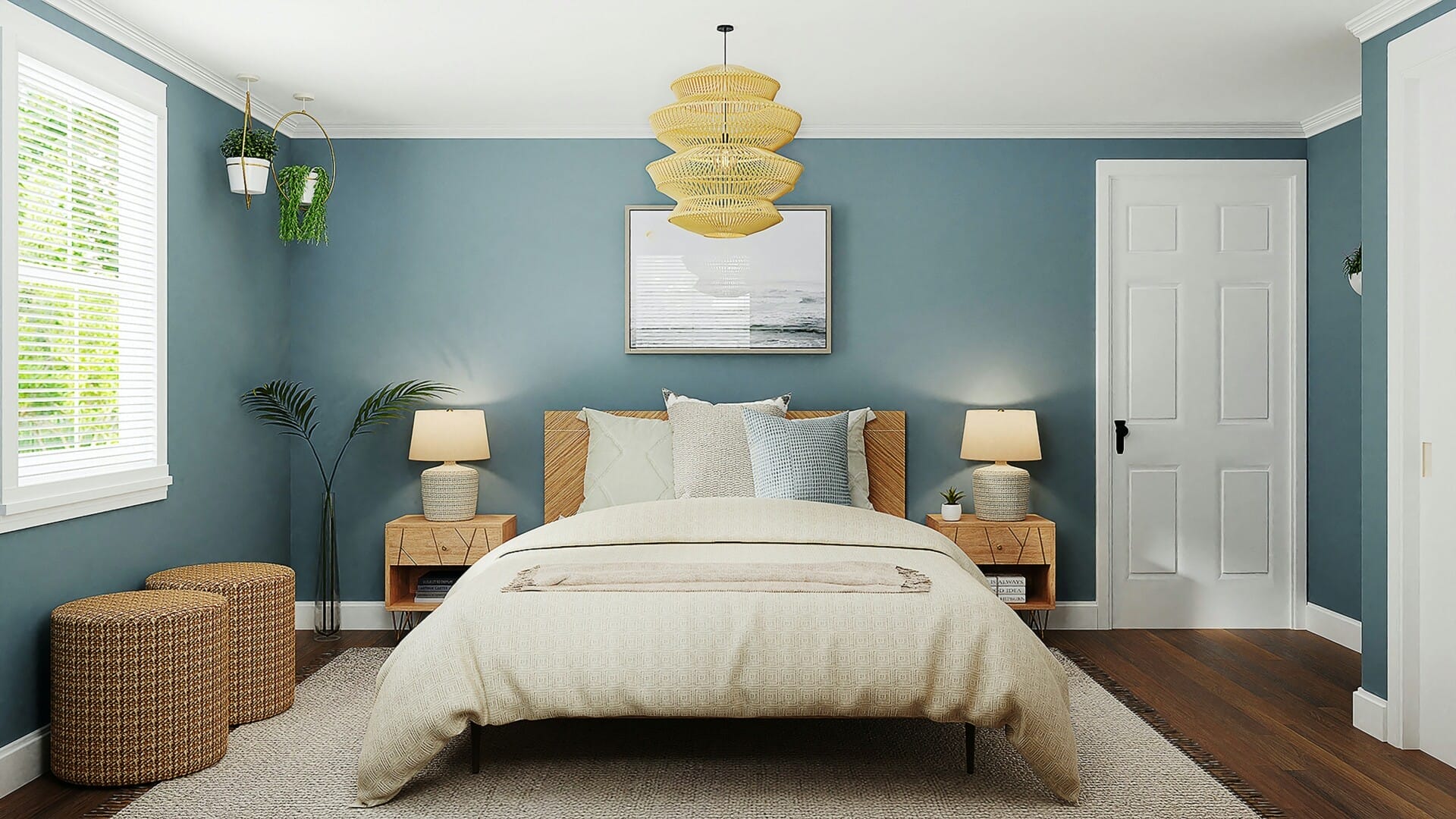
Budgeting Wisely for Your Dream Home
When it comes to building your dream home, having a solid financial plan is essential. Before you even think about picking out tiles or deciding on a paint color, take a moment to assess your finances. Start by determining your budget and make sure it’s realistic, covering not just construction costs but also additional expenses like permits, fees, and furniture. Be clear on how much you can borrow and make wise choices regarding your financing options. Remember, avoiding overspending is the name of the game!
Next, prioritize your needs versus your wants. It’s easy to get carried away with beautiful features that you don’t actually need. Here’s a quick checklist to help you focus:
- Must-haves: Essential rooms, basic utilities, and quality structure.
- Nice-to-haves: Luxurious finishes, fancy landscaping, or extra storage.
- Future considerations: Potential renovations and lifestyle changes.
Lastly, don’t forget to build a contingency fund. Things don’t always go as planned in construction, and it’s wise to have a financial buffer—typically between 10-20% of your budget. Plus, make sure to communicate openly with your contractors about your budget constraints. Having an honest and clear dialogue helps to avoid misunderstandings and ensures that everyone is on the same page, minimizing costly mistakes down the road.
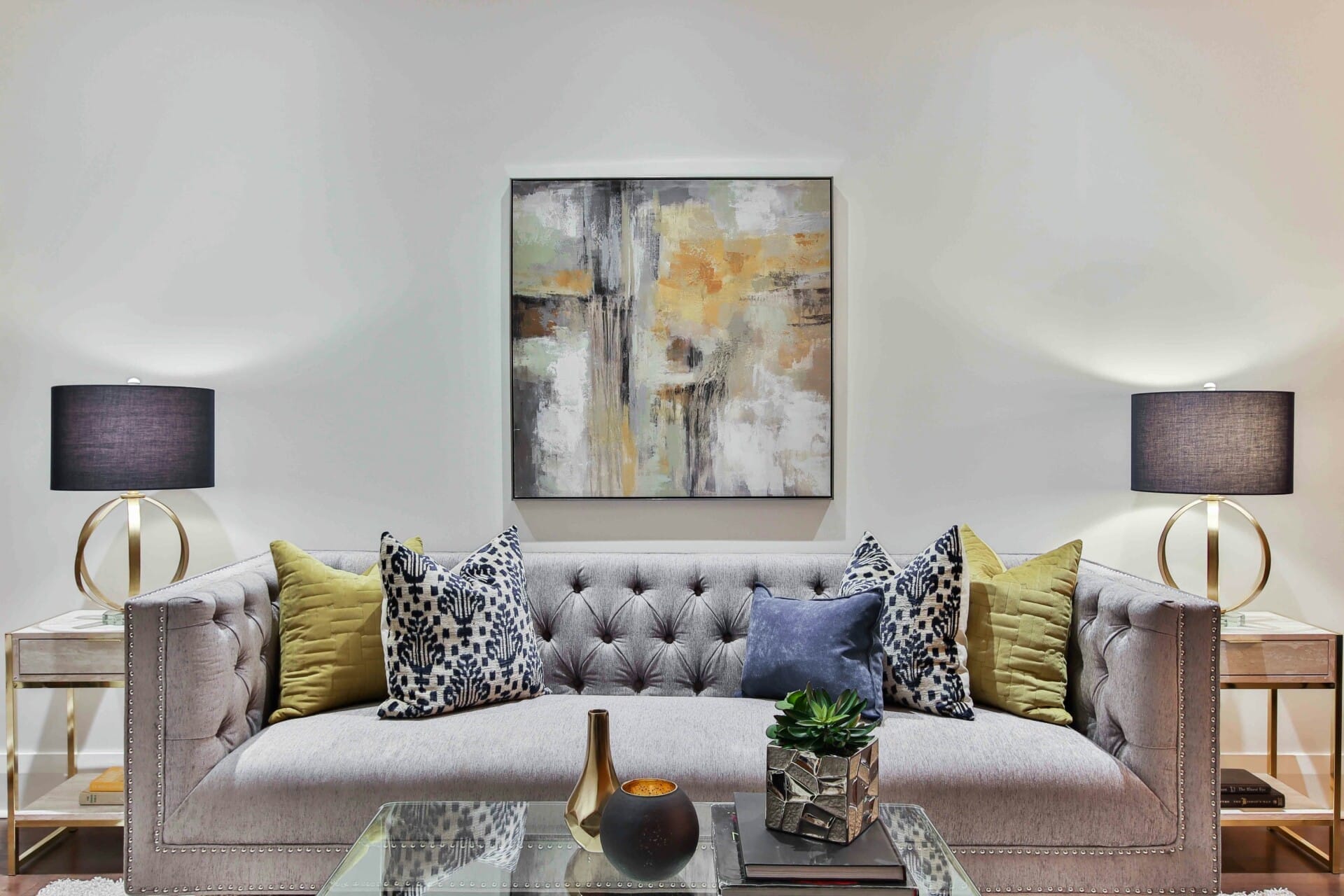
Choosing the Right Location for Long-Term Satisfaction
When it comes to your future home, the location is everything. Consider several factors to ensure that your choice will lead to long-term satisfaction. Think about your daily commute, access to essential services, and the overall vibe of the neighborhood. You want a spot that suits your lifestyle, whether that’s being near good schools, hospitals, or your favorite coffee shops. Ideally, the place should make your day-to-day life easier and more enjoyable.
It’s also vital to research upcoming developments in the area. Projects like new public transportation lines, shopping centers, or parks can drastically change a neighborhood’s appeal. Ask yourself: Will this area evolve positively over the years? Here are some things to keep an eye on:
- Future infrastructure projects
- Local government plans for the community
- Trends in property values
Don’t overlook community vibes as well. Chat with local residents, spend some time in parks or cafes, and get a feel for the people and activities around you. A friendly and engaged community can enhance your living experience immensely. If you’re planning to raise a family, finding a neighborhood with active community events and support systems can make a world of difference. Always remember, the right location not only benefits your current lifestyle but can also be an investment in your family’s future.
Engaging Reliable Contractors for Quality Workmanship
When it comes to building your dream home, one of the biggest challenges is finding contractors you can trust to deliver quality workmanship. It’s essential to do your homework before hiring anyone. Make sure to seek out contractors with a solid reputation and positive reviews from previous clients. You can check platforms like Facebook or Instagram to see their work and gauge customer feedback. Local forums or community groups are also great places to ask for recommendations and hear about personal experiences.
Once you have a few candidates in mind, don’t just pick the first one you meet. Interview them to understand their style, approach, and past projects. A reliable contractor should be able to share a portfolio and provide references without hesitation. Consider asking questions like:
- What is your timeline for completing this type of project?
- Can you provide detailed estimates and timelines?
- How do you handle unexpected issues?
Additionally, always ensure your contractor is licensed and insured. This protects you from any liabilities or issues during the construction process. To help with your decision, here’s a quick comparison table for evaluating potential contractors:
| Contractor Name | Experience (Years) | Rating (out of 5) | Insurance Status |
|---|---|---|---|
| ABC Builders | 10 | 4.8 | Fully Insured |
| XYZ Constructions | 7 | 4.5 | Insured |
| LMN Renovators | 5 | 4.2 | Not Insured |
Taking these steps will not only save you money in the long run but also ensure that the construction of your home goes as smoothly as possible. A little effort upfront in choosing the right professionals will lead to a finished product that you can be proud of for years to come.
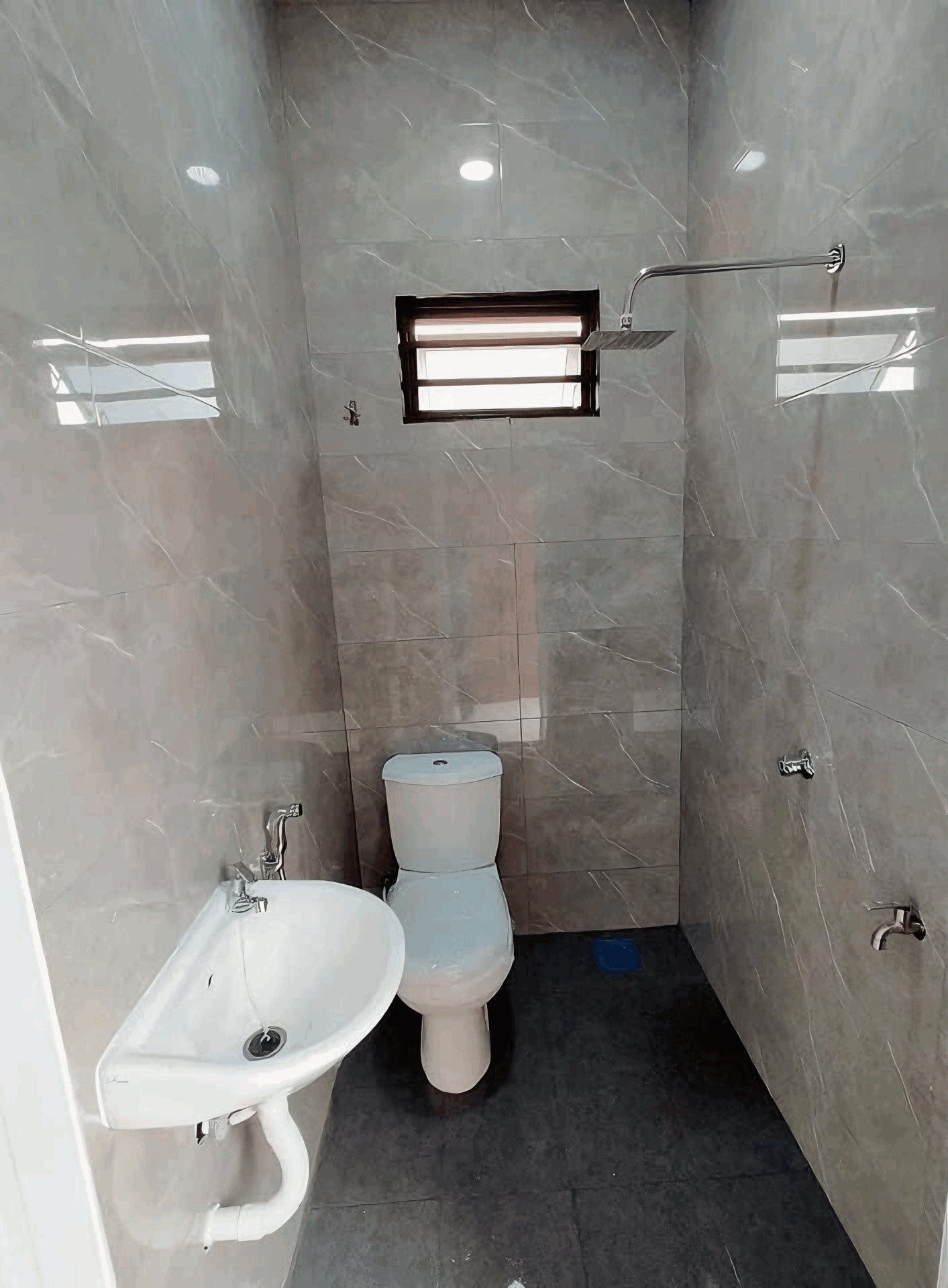
Prioritizing Sustainable Practices in Home Design
When designing your home, it’s easy to overlook the importance of sustainability. However, integrating eco-friendly practices into your design not only benefits the environment but can also save you money in the long run. Start by choosing sustainable materials such as bamboo flooring or recycled metal roofing. These materials are not only durable but also minimize environmental impact. Using local resources can further reduce your carbon footprint and support the local economy, making your home both beautiful and responsible.
Another key aspect is energy efficiency. Consider incorporating natural light into your design by adding larger windows or skylights. This will allow you to rely less on artificial lighting during the day. Additionally, installing solar panels can drastically cut down on energy costs and make your home less reliant on fossil fuels. Don’t forget about proper insulation! It keeps your home cooler in the Malaysian heat, reducing the need for air conditioning and helping you save on energy bills.
Water conservation is equally vital. Designing a home with rainwater harvesting systems can significantly reduce water usage, especially during dry spells. Moreover, using low-flow fixtures in your bathrooms and kitchens can lead to substantial savings on water bills over time. To illustrate how these practices stack up, here’s a quick comparison:
| Practice | Benefits |
|---|---|
| Rainwater Harvesting | Reduces dependency on municipal water supply |
| Solar Panels | Lowers electricity bills and carbon footprint |
| Energy-efficient Windows | Enhances natural lighting, reduces AC usage |
| Low-flow Fixtures | Significantly decreases water consumption |
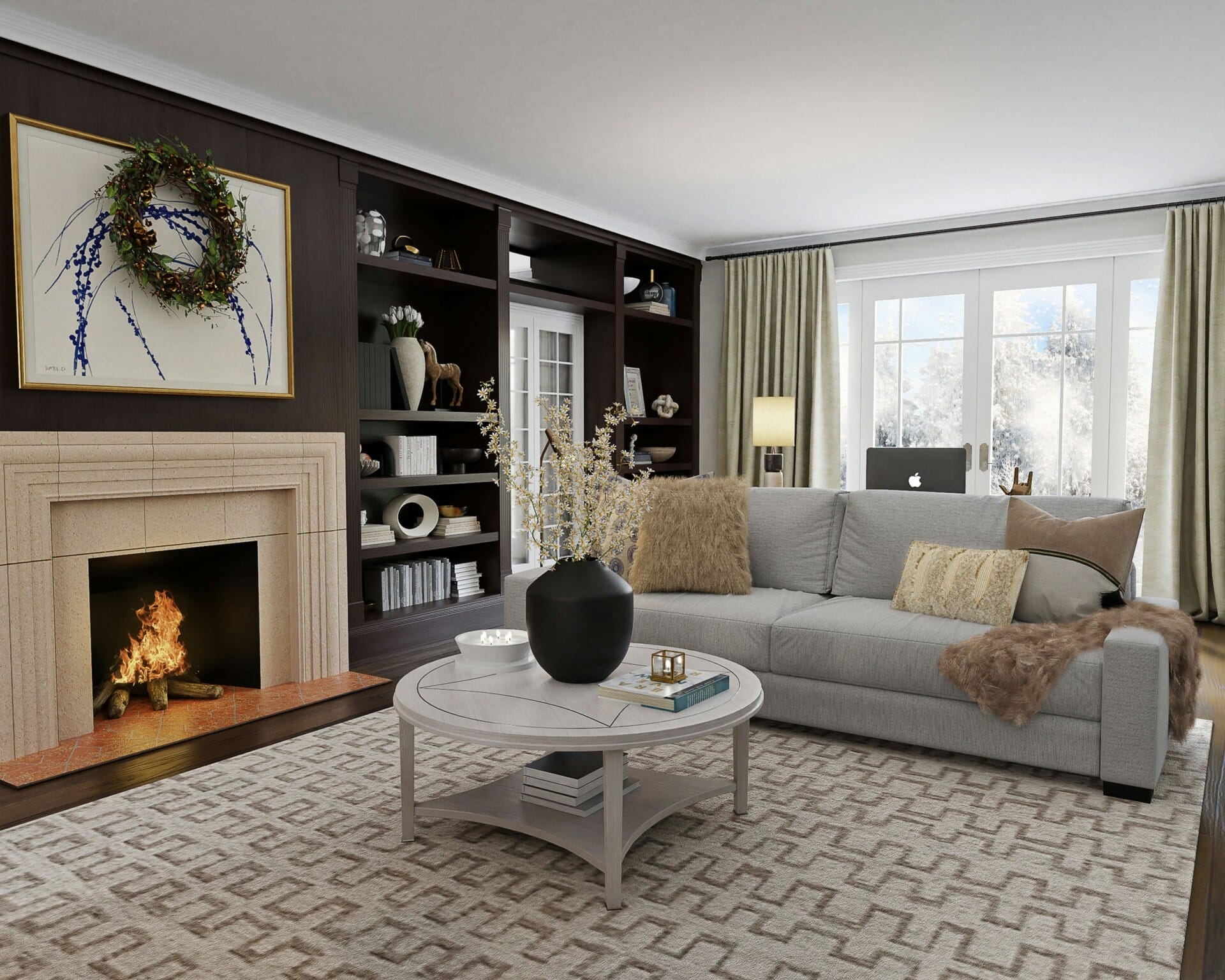
Navigating Legal Requirements and Building Codes
Building your dream home in Malaysia? Before you break ground, it’s crucial to have a handle on the myriad of legal requirements and building codes that govern construction. Not only do these regulations ensure the safety and functionality of your project, but complying with them can prevent costly changes down the line. Here are some essential points to keep in mind:
- Understand Local Regulations: Each state and municipality has its own set of guidelines. Take the time to research and understand what applies to your area.
- Obtain Necessary Permits: Failing to secure the right permits can lead to hefty fines or even project shutdowns.
- Consult with Professionals: Engaging with local architects or builders who know the ropes can save you endless headaches.
It’s easy to get swept up in the excitement of construction, but overlooking building codes can lead to significant setbacks. For instance, compliance with safety measures like fire exits and structural integrity standards is non-negotiable. Remember, these codes are not just red tape; they’re there to protect you, your family, and your investment. Keeping track of these requirements can feel overwhelming, but breaking them down can simplify the process. Consider using a checklist to see what’s needed, and prioritize your compliance workflow!
| Building Requirement | Key Points |
|---|---|
| Land Use Approval | Check zoning laws. |
| Building Plans Submission | Have detailed plans ready for approval. |
| Inspection Compliance | Schedule inspections at key milestones. |
Lastly, remember that communication with your builder is essential in navigating these requirements. Regular check-ins and discussions about compliance can help ensure that your builder is on the same page as you regarding legalities. Keeping a documented trail of all correspondence and decisions made can also aid in case of disputes. So, as you embark on your building journey, stay informed and proactive—your future self will thank you!
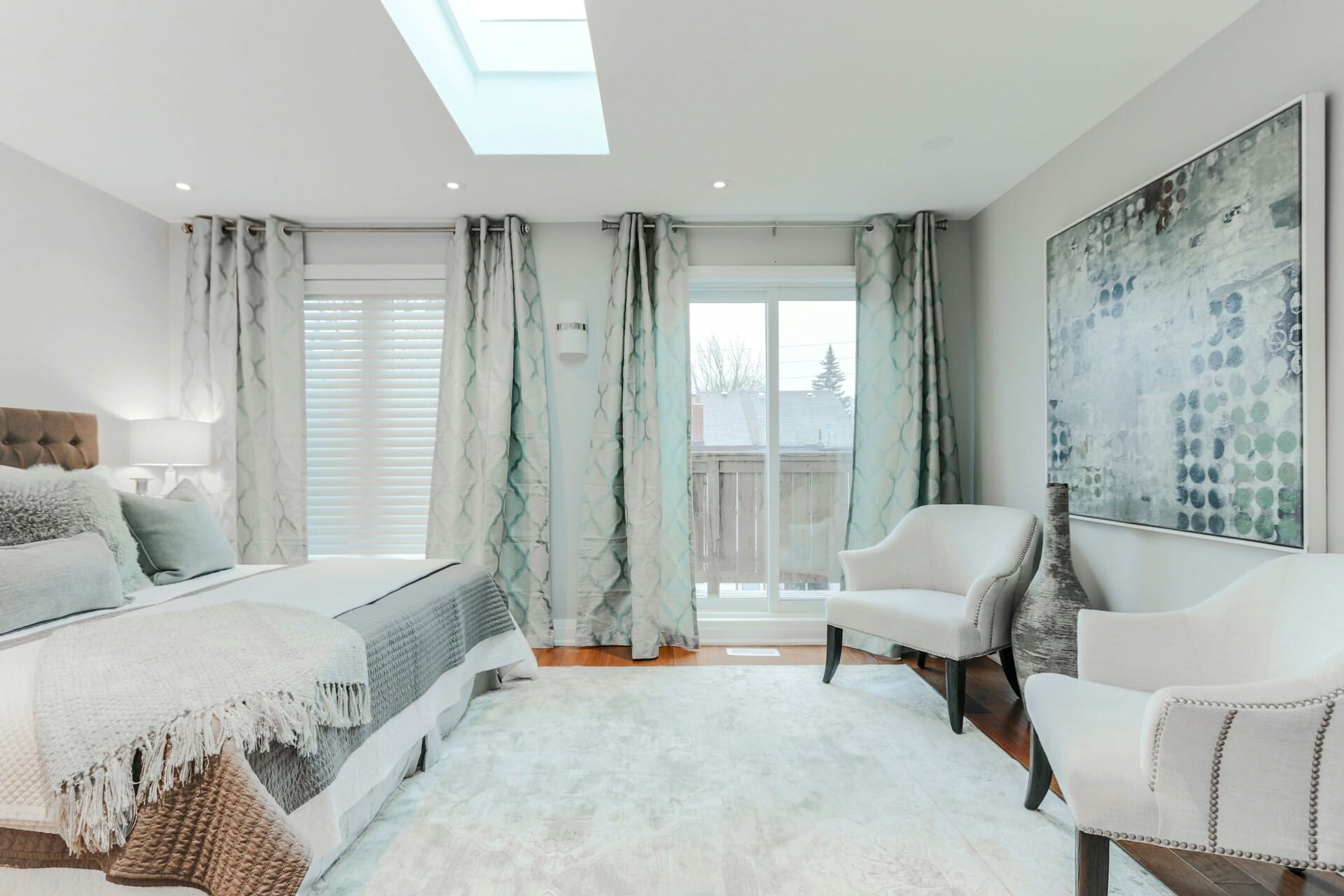
Incorporating Personal Needs and Future Growth
Thinking about your personal needs and future growth is crucial when you’re planning your dream home. It’s not just about the here and now; you should also consider how your life might change over the years. For example, if you plan to start a family, look for features that will accommodate little ones—think about open spaces for play, proximity to schools, and safety around the house.
Incorporate elements that reflect your lifestyle today while keeping an eye on tomorrow. This might mean including:
- Flexible spaces: Rooms that can evolve with your family—like a guest room that becomes a nursery or a hobby room.
- Tech integration: Smart home features that enhance convenience and add value as technology progresses.
- Outdoor areas: Garden spaces that can host family gatherings or become a personal oasis, adaptable to future needs.
Additionally, consider how your chosen location supports your aspirations. Access to community amenities is a big plus. Look at factors like:
| Factor | Considerations |
|---|---|
| Proximity to Schools | Are good schools nearby for the future kids? |
| Public Transport | How easily can you commute to work or run errands? |
| Recreational Facilities | Are parks, gyms, and community centers close by? |

Emphasizing Long-Term Maintenance and Durability
When it comes to building your dream home, it’s super easy to get caught up in the excitement of picking out aesthetic features like paint colors and trendy tiles. However, these short-term appeals often take precedence over what really matters: the long-lasting durability of the materials you choose. Investing in high-quality materials may require a bigger upfront cost, but in the long run, they’ll save you countless headaches and maintenance costs. Think of the time and money you’ll save when your roof doesn’t require replacing every few years!
One of the most crucial aspects to consider is the structural integrity of your home. This includes everything from the foundation setup to the materials used in walls and roofing. Here’s a quick checklist of durable materials you might want to consider:
- Concrete: Ideal for foundations and walls, offering great strength.
- Steel: Excellent for framing, providing resilience against elements.
- Natural Stone: Great for exteriors, adding aesthetic value and longevity.
- High-Quality Timber: Perfect for framing and finishes, ensuring durability when treated properly.
It’s also worth discussing maintenance strategies because even the best materials will require care. Regular inspections, proper drainage systems, and timely repairs can make a world of difference. Below is a simple table showing common maintenance actions and their frequencies:
| Maintenance Action | Frequency |
|---|---|
| Inspect Roof | Every 6 months |
| Clean Gutters | Seasonally |
| Check for Pests | Annually |
| Service HVAC | Every Year |
By prioritizing long-term maintenance and being proactive, you’ll ensure your home remains a stronghold for years to come. Don’t let the temptation of flashy design overshadow the importance of building durability; after all, a sturdy foundation leads to a secure life!
To Wrap It Up
As we wrap up our journey through the top 5 mistakes Malaysians often make when building their homes, it’s clear that preparing well can save you not just money but a whole lot of stress. Building a house is a big deal, and it’s completely normal to feel overwhelmed with all the details. But with a bit of planning and a touch of caution, you can dodge those common pitfalls and create a space that truly feels like home.
Remember, it’s not just about bricks and mortar; it’s about crafting a sanctuary for you and your loved ones. Don’t shy away from seeking advice or learning from the experiences of others—every bit of knowledge helps pave the way to your dream home. So, take a deep breath, plan wisely, and trust the process. You’ve got this!
Here’s to a smooth building journey ahead, and may your future abode be filled with joy, comfort, and countless beautiful memories. Happy building!